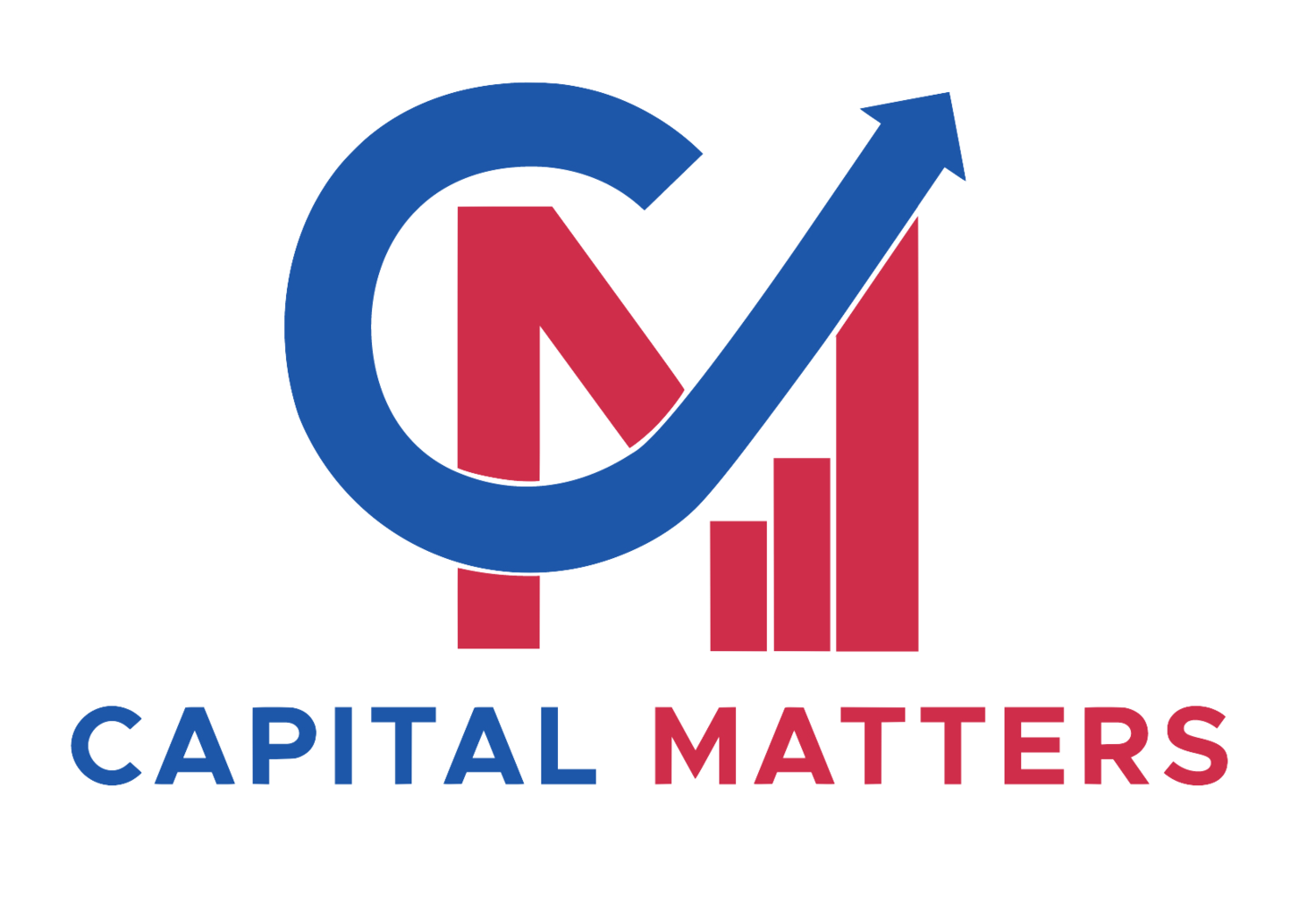Maximising Account Interest
/Savings accounts are a vehicle for your cash for use in the future. Be it short term, or long term, you want to hold the cash portion of your portfolio in the best vehicle possible. Put money into the right place and you can earn something for nothing. Put it in the wrong place, with a rate below inflation, and your savings are effectively losing value.
If you don't find a place to park your money above the inflation rate, your spending power is being eroded. I would say finding an account with a decent interest rate is difficult, but these days especially, it couldn't be simpler.
Savings Account Types:
In order to maximise my gain, I transfer money between accounts on a monthly basis. If I can automate it, I will. Here is the catch. The best interest rates tend to be on accounts that have either limited access, or limited cash deposit. So the best way to maximise really depends on how much money you have access to. Here is a basic overview:
The Current Account
Interest rates are usually higher on current accounts at the moment. Some of them offer switching bonuses (usually around £100) which make them very enticing. Be careful though, a hard credit check will be required.
The Easy Access Saver
Usually has a low interest rate, allows unlimited withdrawals and unlimited cash deposit
The Regular Saver
Usually has a higher interest rate, unlimited withdrawals and limited monthly cash deposit (eg. £250 per month)
The Fixed Rate Saver
Usually has a higher interest rate (the longer the term, higher the rate), limited withdrawals (end of year 1, 2, etc.) and limited cash deposit usually on account opening
The Cash ISA
Savings you don't pay tax on. If you're over 16, you get a tax year allowance of currently £20,000 (2018/19 Tax Year). With the introduction of the personal savings allowance (PSA) in 2016 you can earn a certain amount of interest annually without paying tax. This amount is dependent on your tax bracket. Basic Rate Taxpayers (£1000 interest), Higher Rate Taxpayers (£500), Top Rate Taxpayers (No Interest Allowance). With lower interest rates at the moment, this means Cash ISAs tend to benefit only higher rate taxpayers. However, if rates increase, the likelihood that you earn interest over your PSA will increase, which means Cash ISAs would have a big tax advantage.
The Cash Lifetime ISA (LISA)
Great for buying a first home. A LISA has an annual deposit allowance of £4000 and counts towards your annual £20,000 ISA allowance. Whatever you contribute in the tax year, the UK government will add an extra 25% on top. Plus, on top of the government bonus, you will also get interest. You can open it between ages 18 and 40 and contribute an annual £4000 until you are 50 (unless the rules change).
In the current tax year (19/20) you will receive the bonus monthly. You also get interest on the bonus. This is a no brainer for potential first time buyers, like myself, as the account effectively has a 25% interest rate (on your annual contributions).
When withdrawing for your first home (which has to be worth under £450,000) the LISA provider will transfer the money directly to the conveyancer/solicitor. A 25% withdrawal charge will apply if you withdraw directly, or if you withdraw for any other reason, effectively wiping out the bonus + an extra 5%. Note: Some other websites discuss the benefits/drawbacks of withdrawing the LISA at age 60, for retirement. I am focusing only on the benefit for first time buyers here.
I will be topping my Lifetime ISA up at the end of the tax year. The reason I am doing this is because the rate of interest on the Skipton LISA I hold is only 0.75%. My money will be of better use elsewhere until near the end of the tax year. At that time, I will top it up and enjoy the 25% bonus.
I have another article dedicated to the subject of Lifetime ISAs in greater detail which you can find here.
My Savings Accounts
If you would like to take a look at my own portfolio of savings accounts, as well as investment accounts and credit cards, I have a regularly updated post which you can find here.
Note: The organisation of my savings accounts is optimised for my personal savings. Some accounts on the market have better rates of interest up to one year but I will have already used them. Having this here is a good example of how you can hold and transfer money between accounts to optimise interest rates and bonuses.
If you liked this post, hit the like button down below. If you have any questions or need anything clarified, comment below. I respond to every comment.




The best UK LEGO Deals and Promo Sets that you can get right now in January 2026 from a range of trusted online retailers. Updated daily.